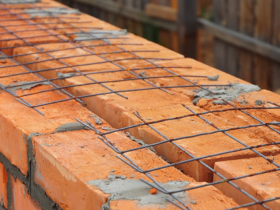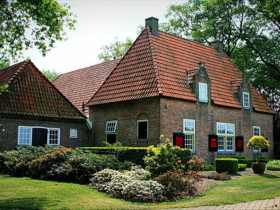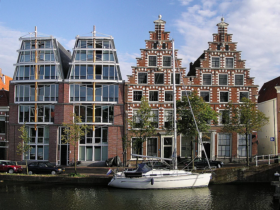Traditional ceiling finishing requires its special preparation, thanks to which the surface is brought to an impeccable state. However, in certain cases, for example, with large height drops, it is very difficult to identify defects in the surface of the ceiling. It sometimes happens that during the repair process, beams are exposed, which is then impossible to hide. In all such cases, the best way out is the design using a multi -level ceiling.
The use of a multi -level structure allows you to skillfully hide the air conditioning, wiring and other communications that are passing along the surface. A considerable plus will be the ability to visually increase the height of the room using this design. This effect can be achieved if the ceilings are mounted in different rooms at different heights. For example, if in the hallway to make the ceiling slightly lower, then the ceilings in the living room that came to your house will then seem very high to your house. If the dwelling has a large space with many functions, then with the help of a thoughtful design of multi -level ceilings and the use of various shapes, it can be divided into separate zones. At the same time, each such zone can be additionally designed with its color or special texture.
As you can see, multi -level ceilings not only allow you to hide surface defects, but are also an excellent tool for the designer. In multi -level structures, combining simple and complex forms, using different colors, you can achieve unusual effects. One of these, for example, is the effect of depth.






